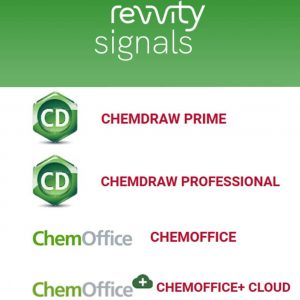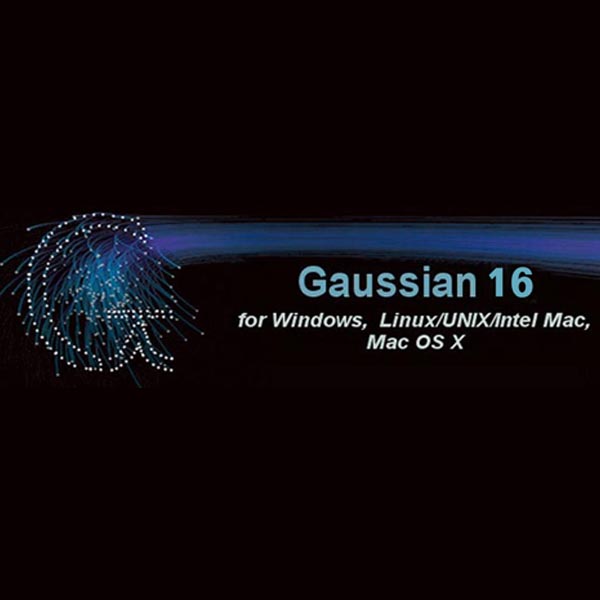Description
Gaussian 16 is the latest in the Gaussian® series of programs used by chemists, biochemists and physicists worldwide. It provides state-of-the-art, easy to use capabilities for electronic structure Modeling, prediction of energies, vibrational frequencies and properties of molecules and reactions in a wide variety of chemical environments.
What Sets Gaussian 16 Apart from Other Programs?
A wide variety of methods makes Gaussian 16 applicable to the full range of chemical conditions and problem sizes and across the entire periodic table.Its consistent and intuitive user input and default settings hide algorithmic and procedural complexity, allowing the user to focus on the chemistry. Further, the results from all calculation types are presented in natural and intuitive graphical form by GaussView 6 the Graphical User Interface.
GaussView 6
GaussView is the most advanced and powerful graphical interface available for Gaussian. With GaussView, the user can import or build the molecular structures of interest, set up, launch, monitor and control Gaussian calculations, and retrieve and view the results, without ever leaving the application.
TCP Linda 9
TCP Linda is a parallel execution environment which has been used to create a parallel version of Gaussian for local area network and some distributed memory multiprocessor environments.
The customer must have a site license for the corresponding version of Gaussian 16 (or G16Windows or G16Mac) in order to purchase TCP-Linda for that platform.


